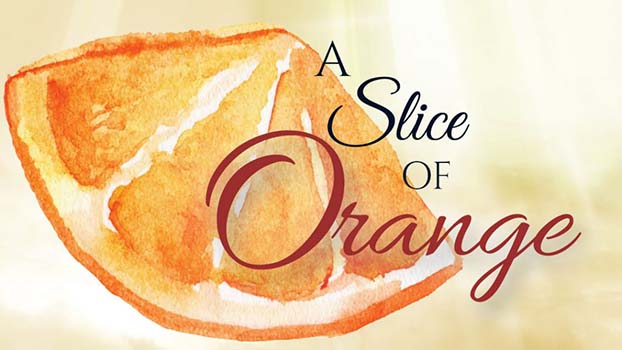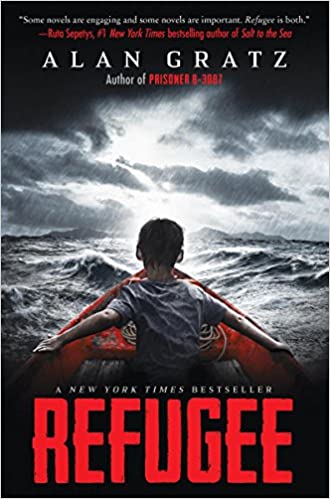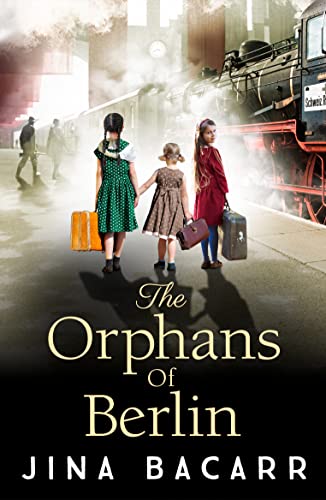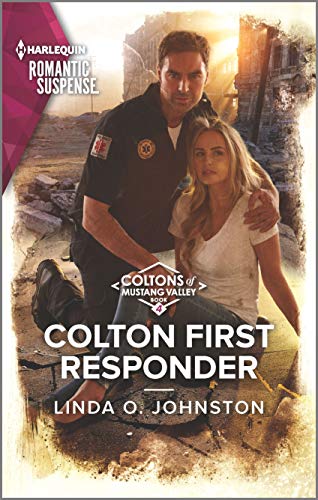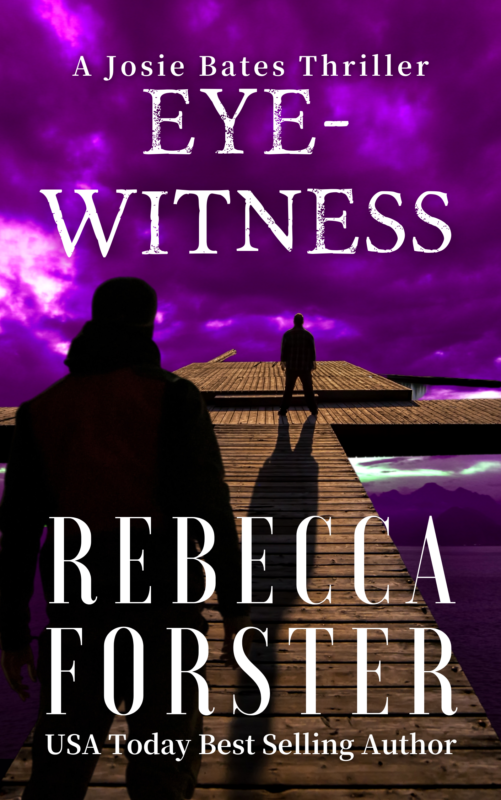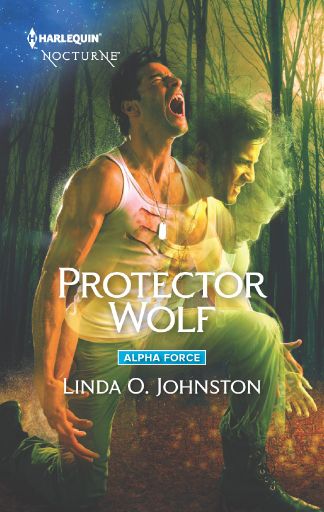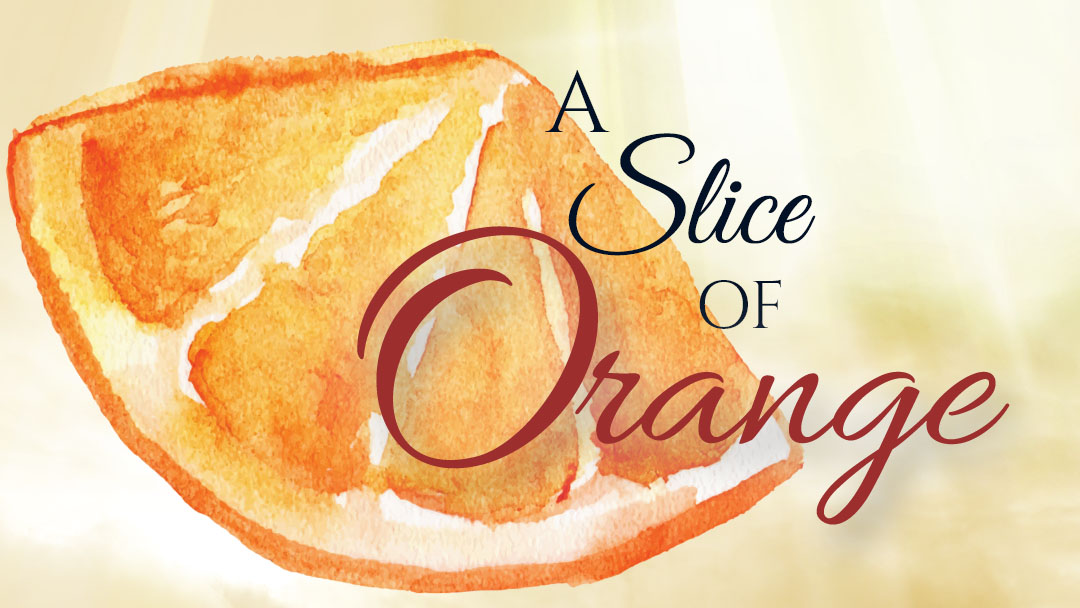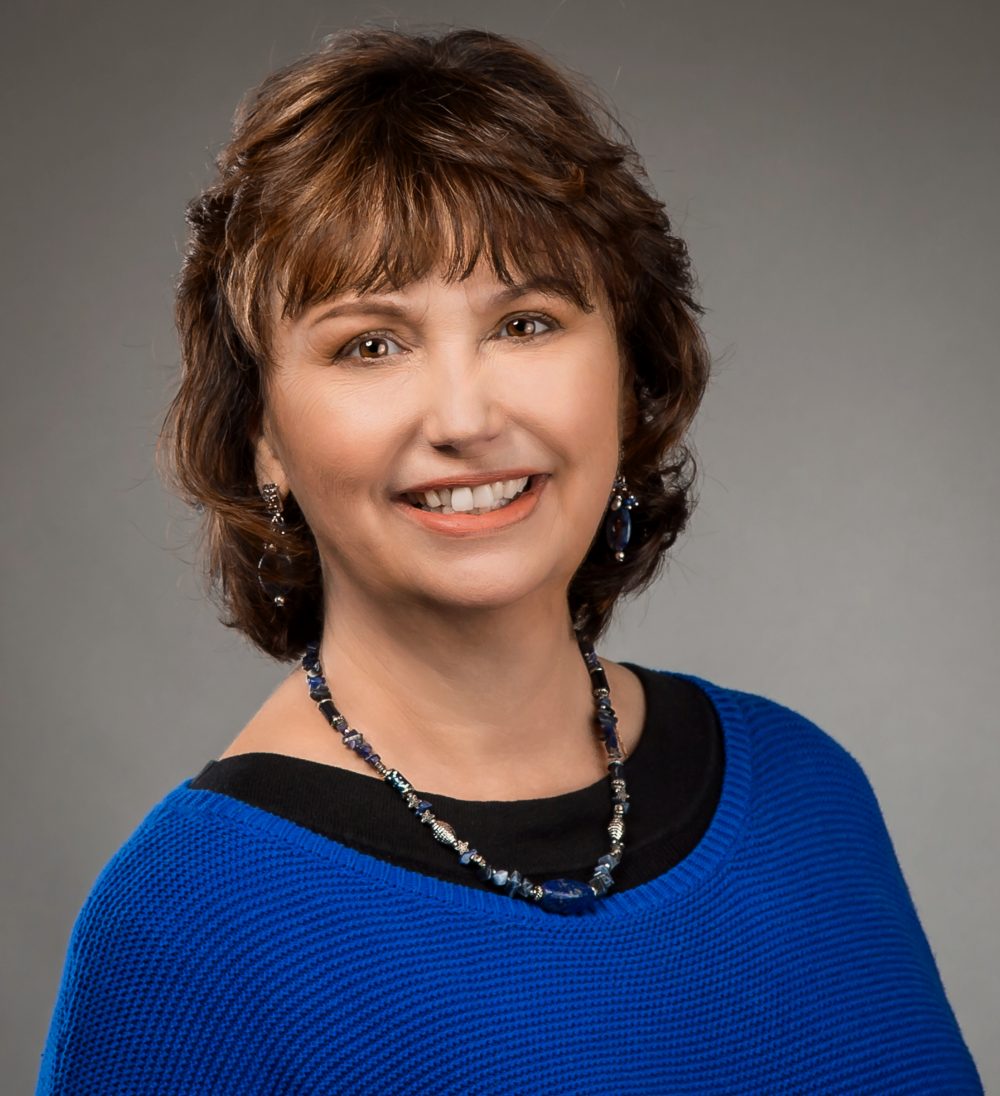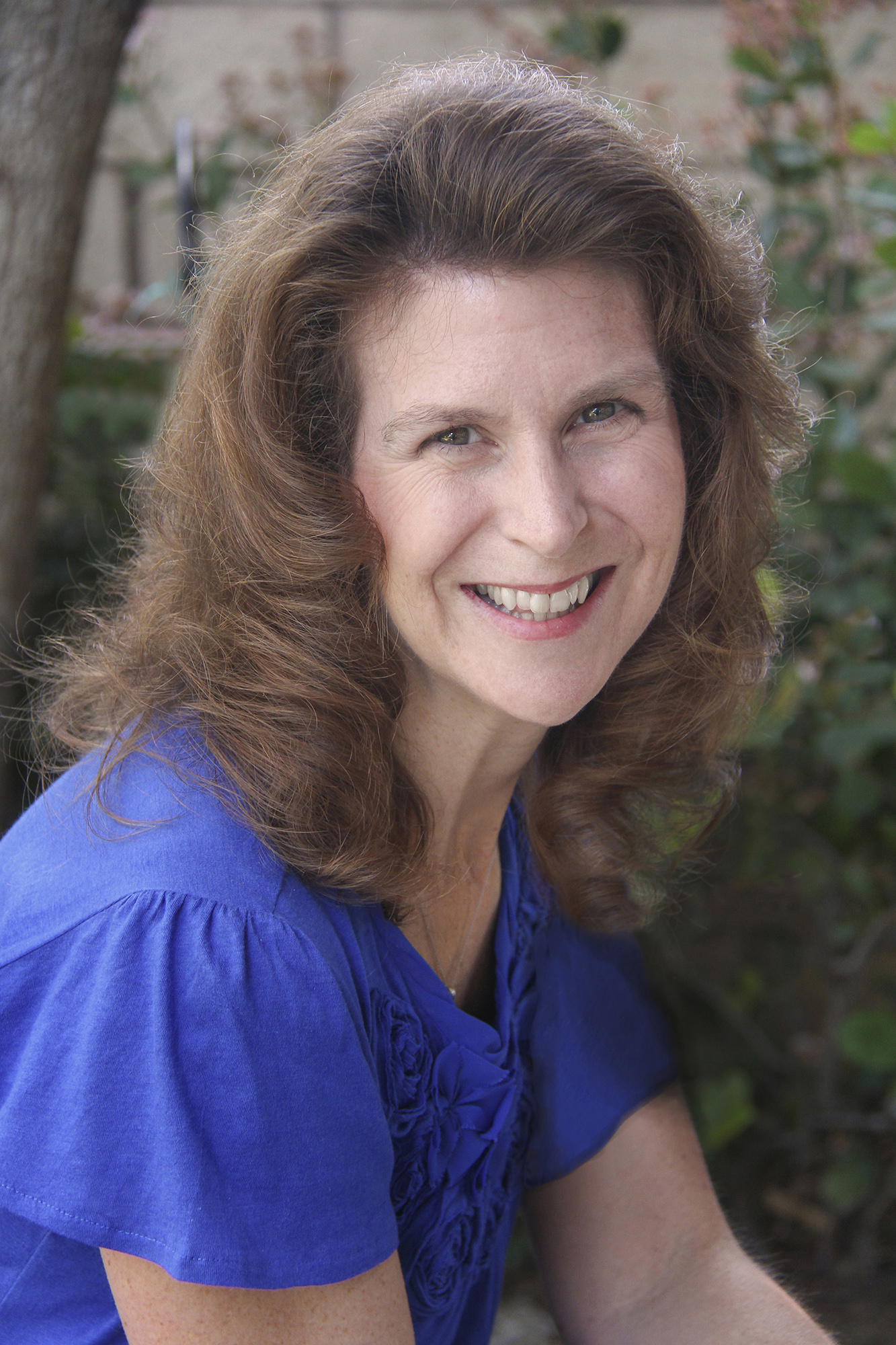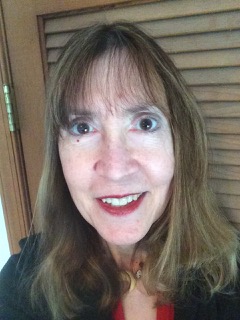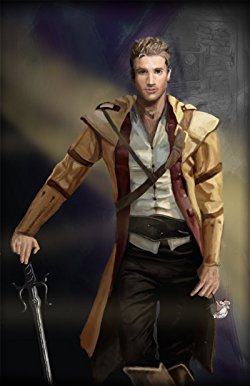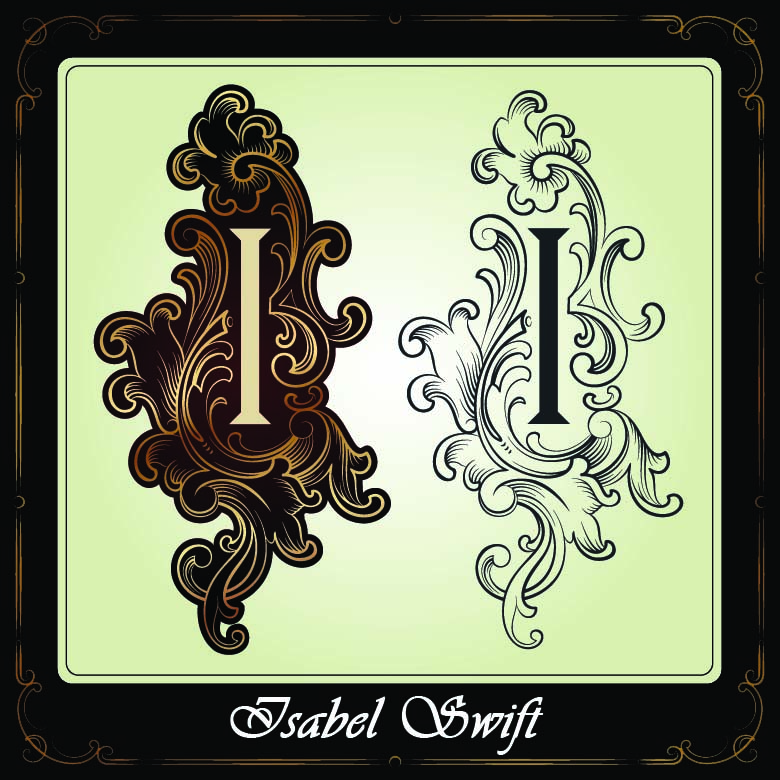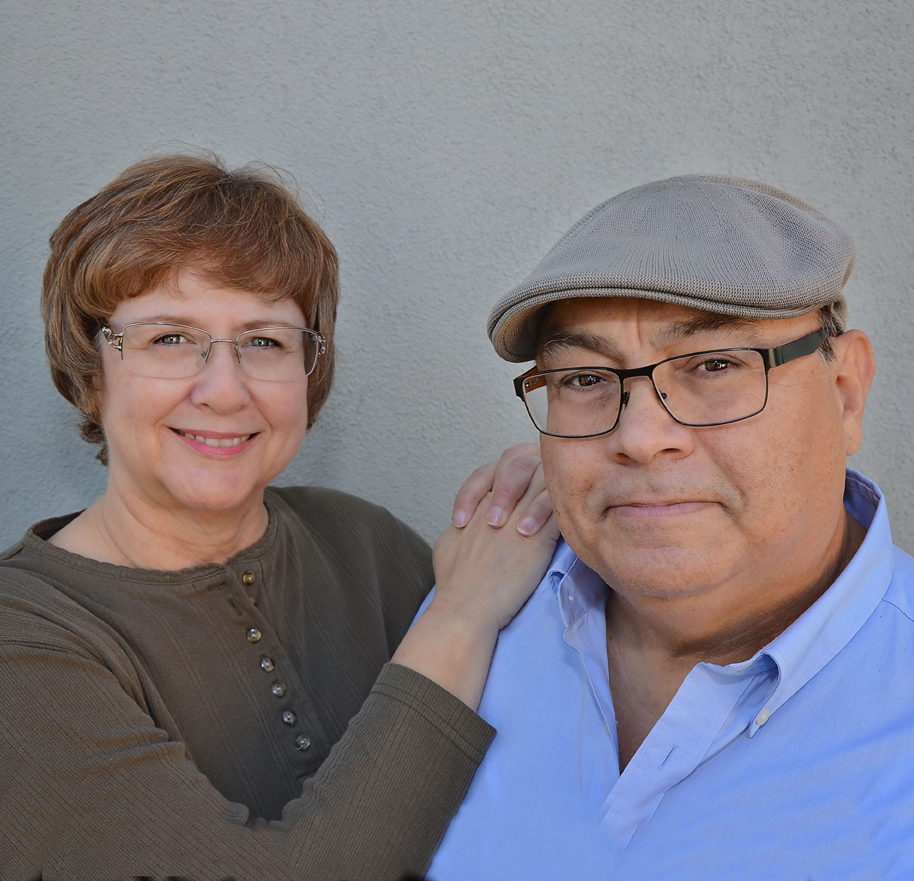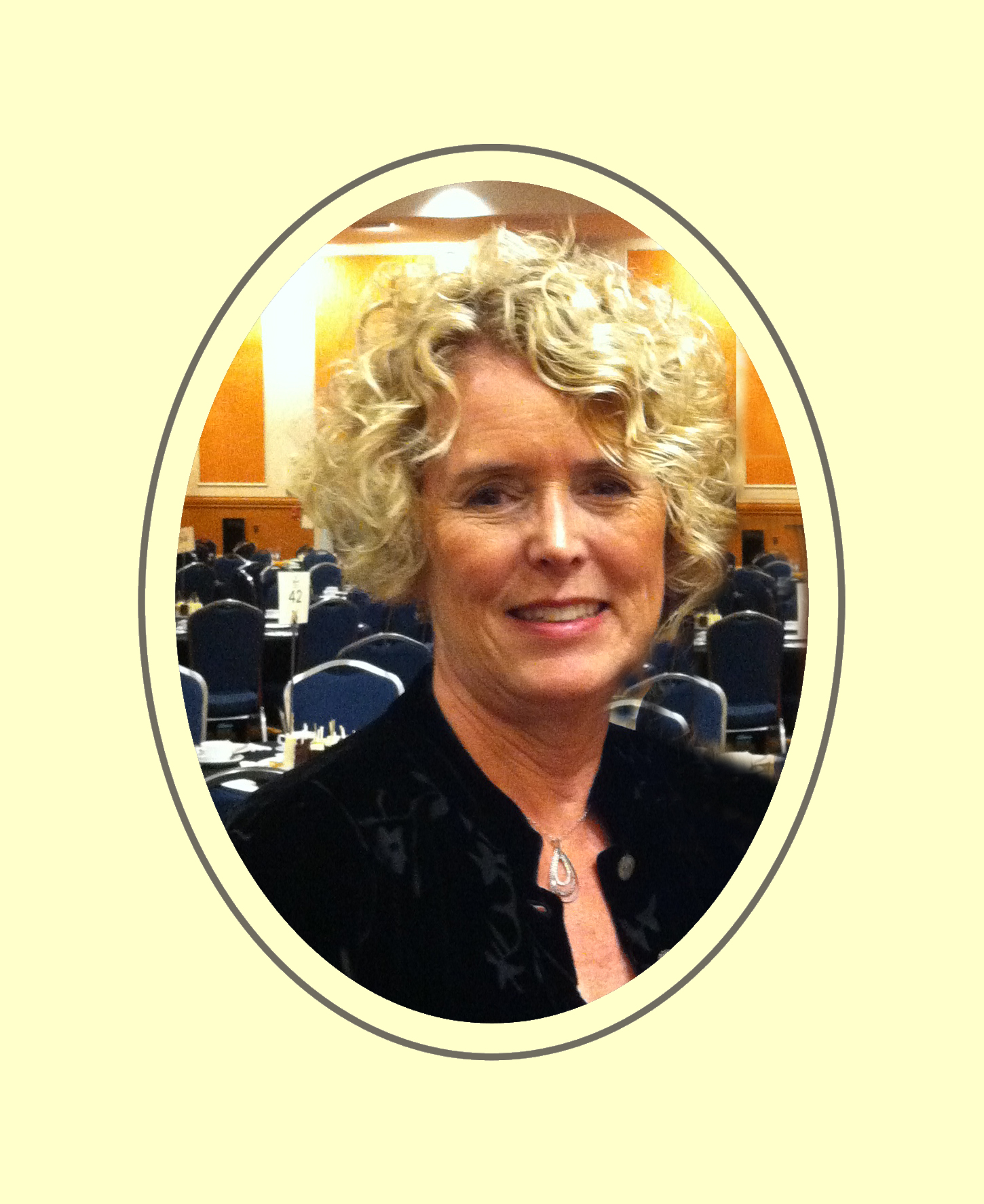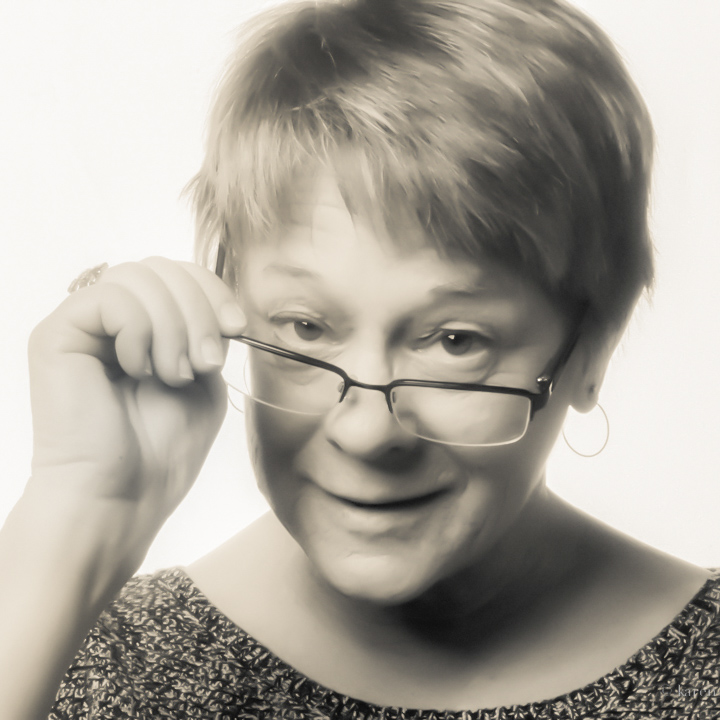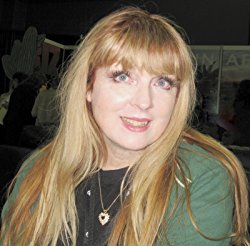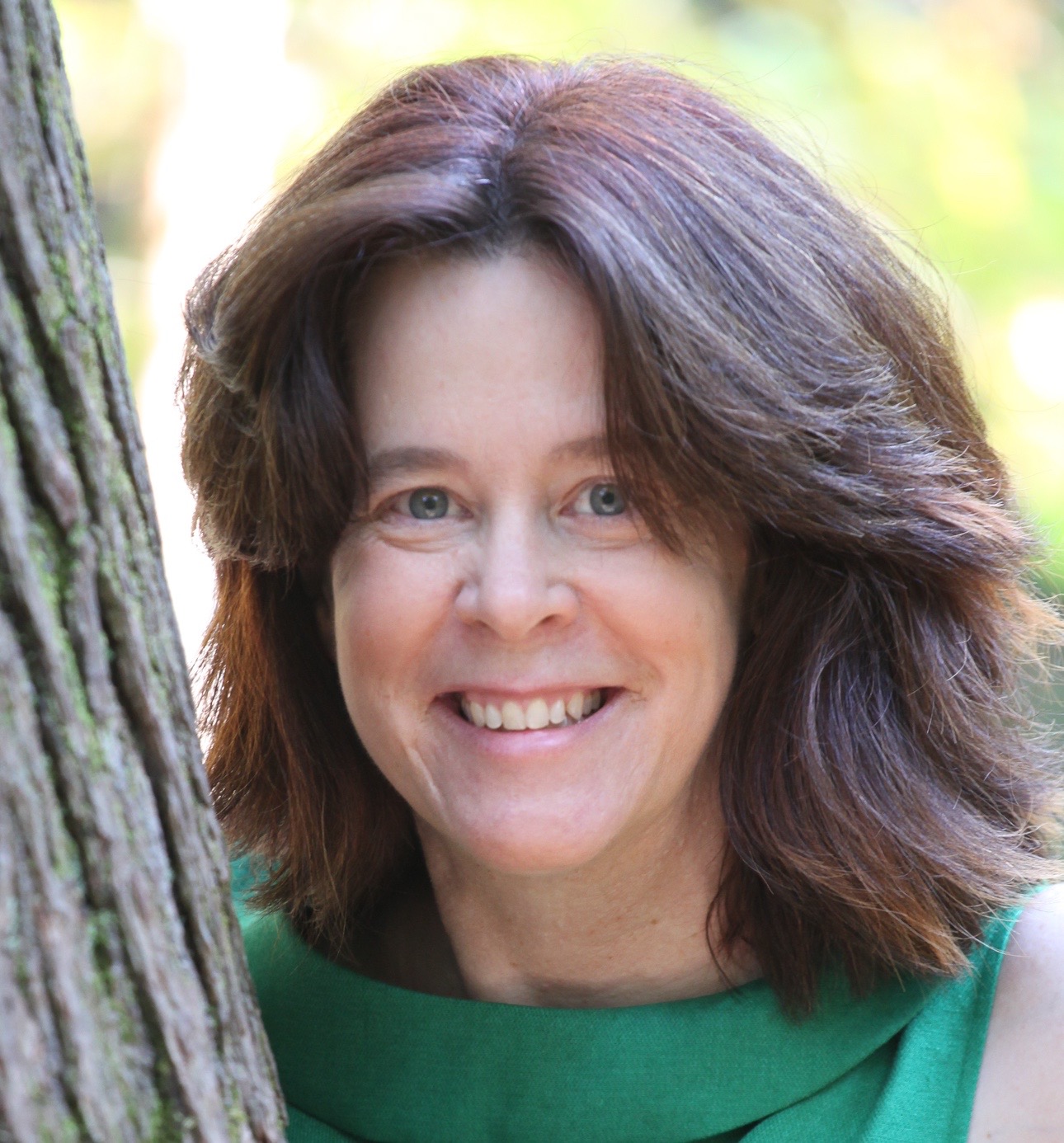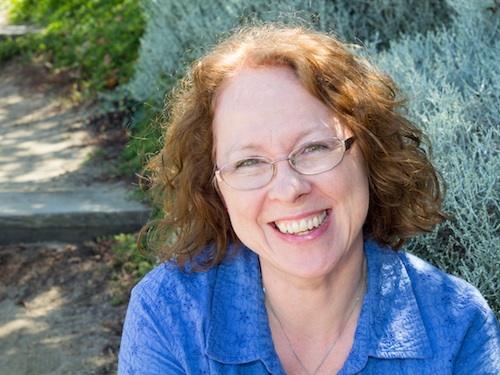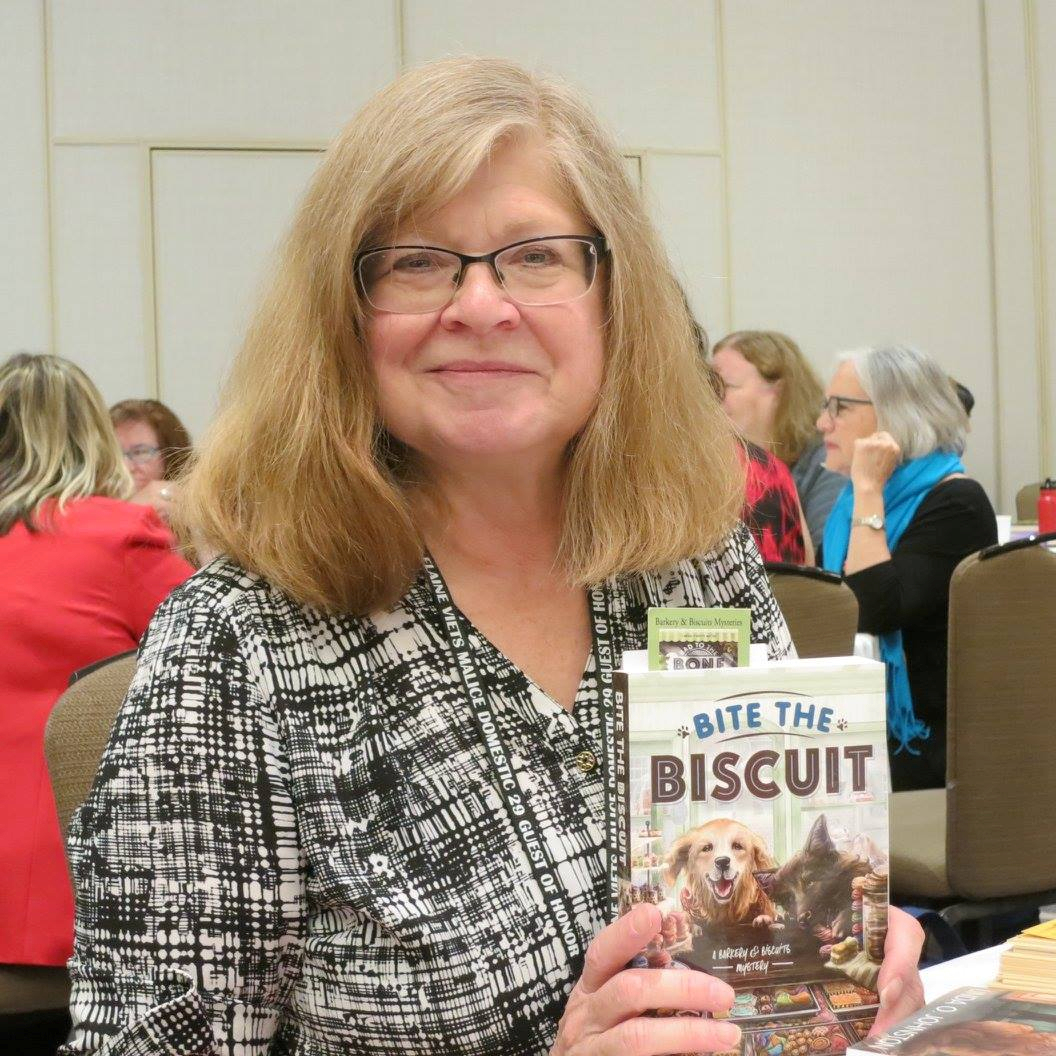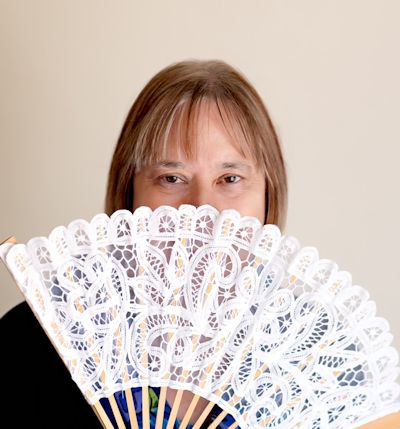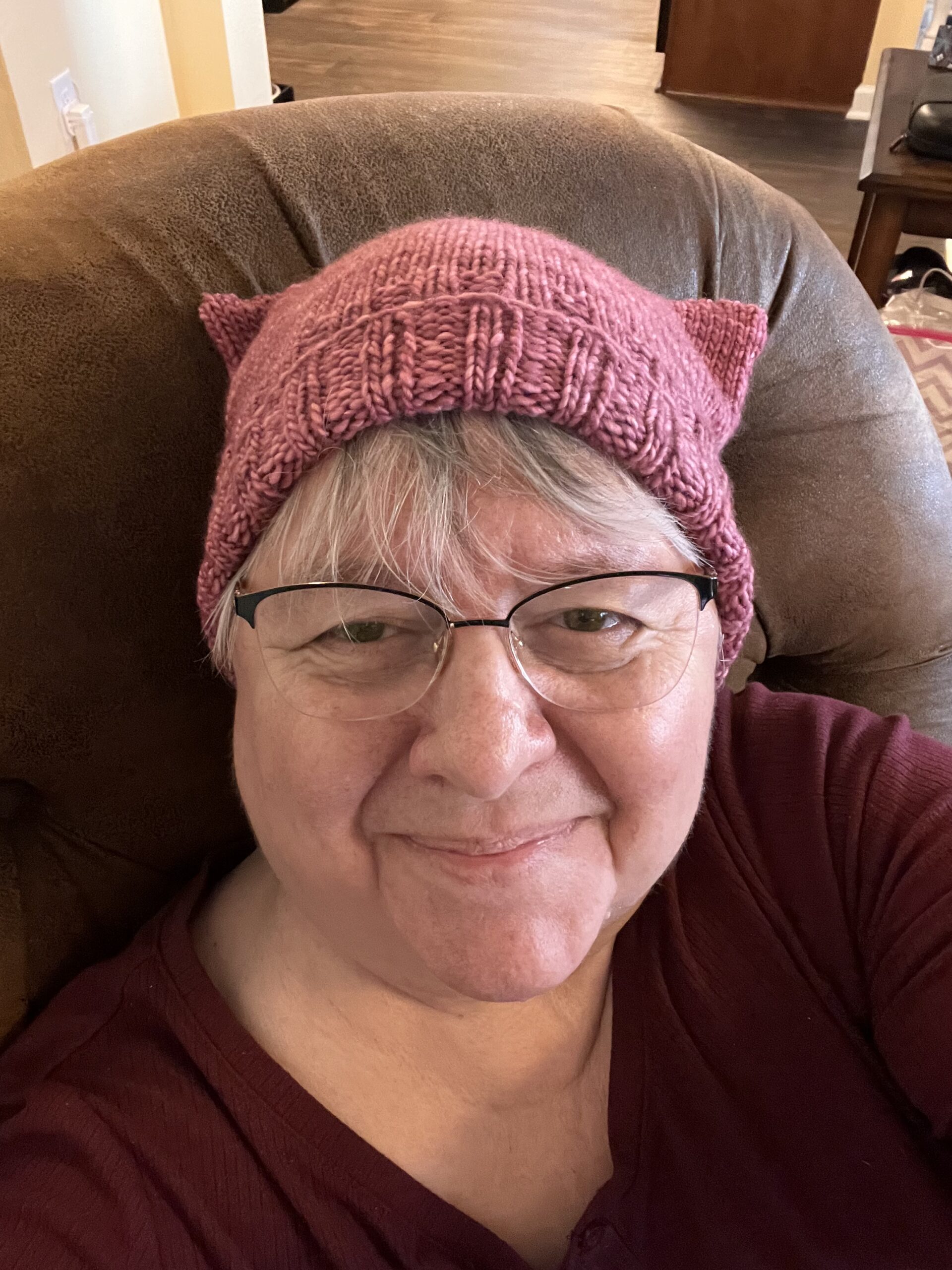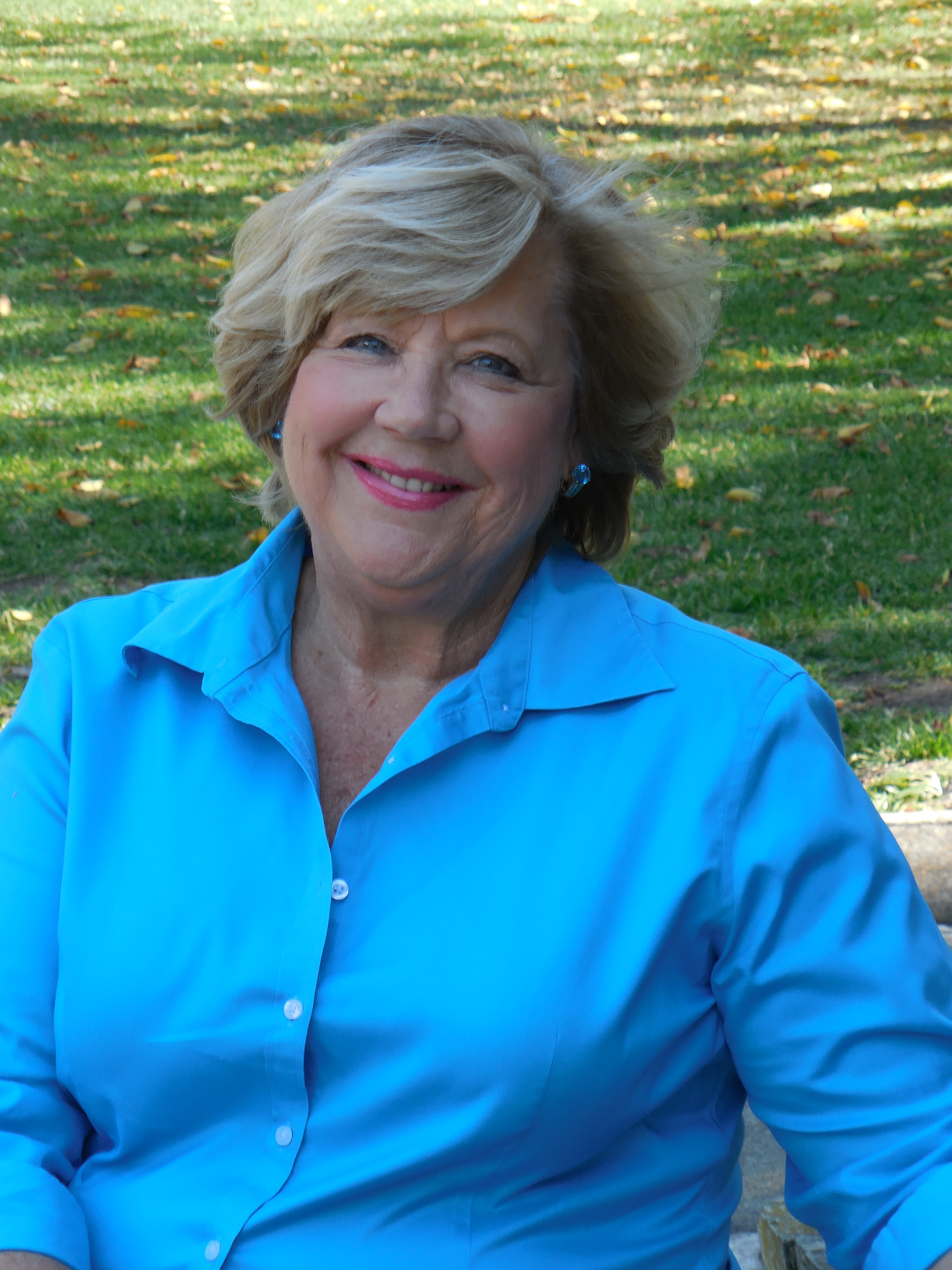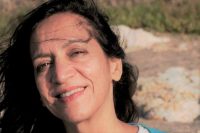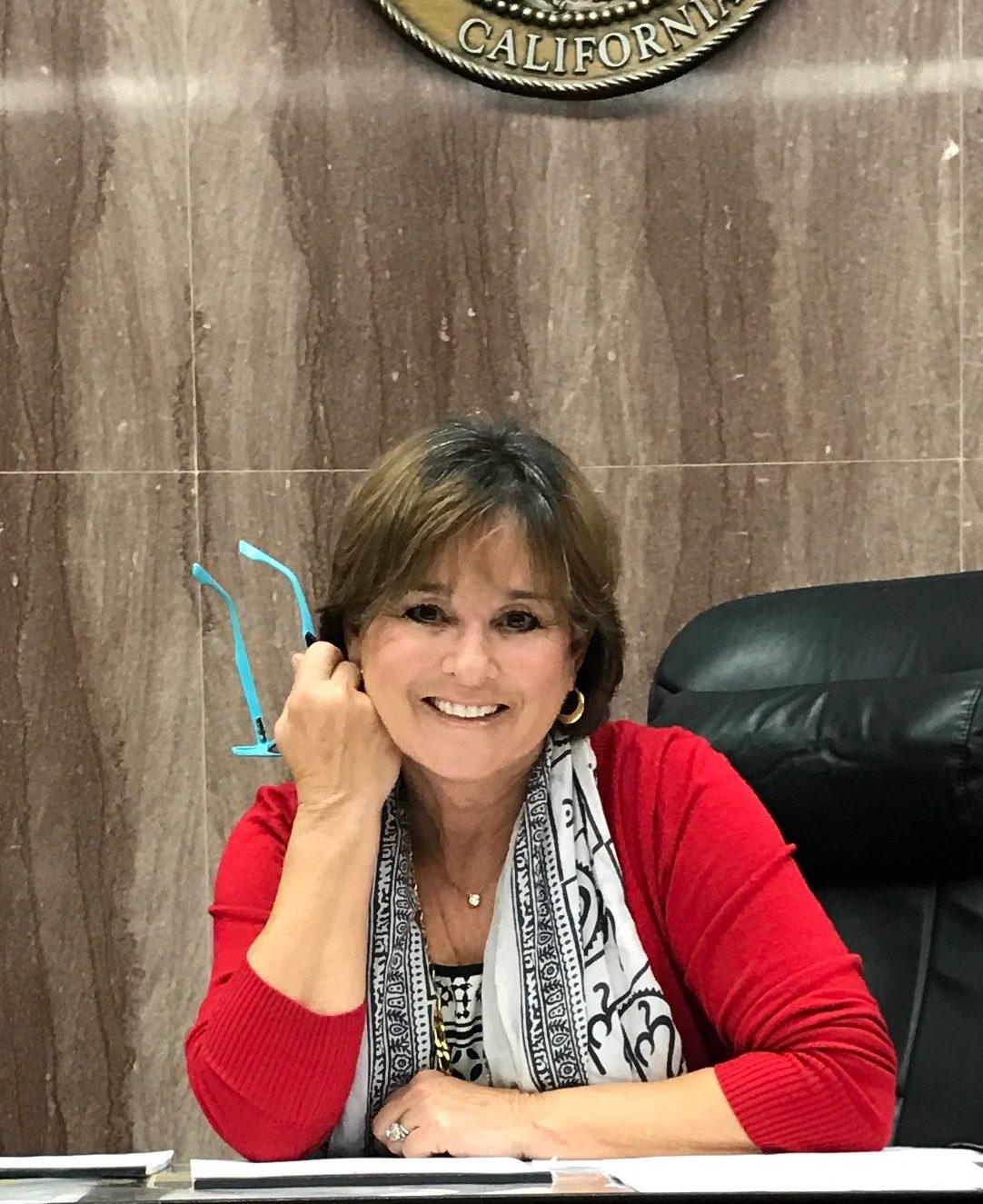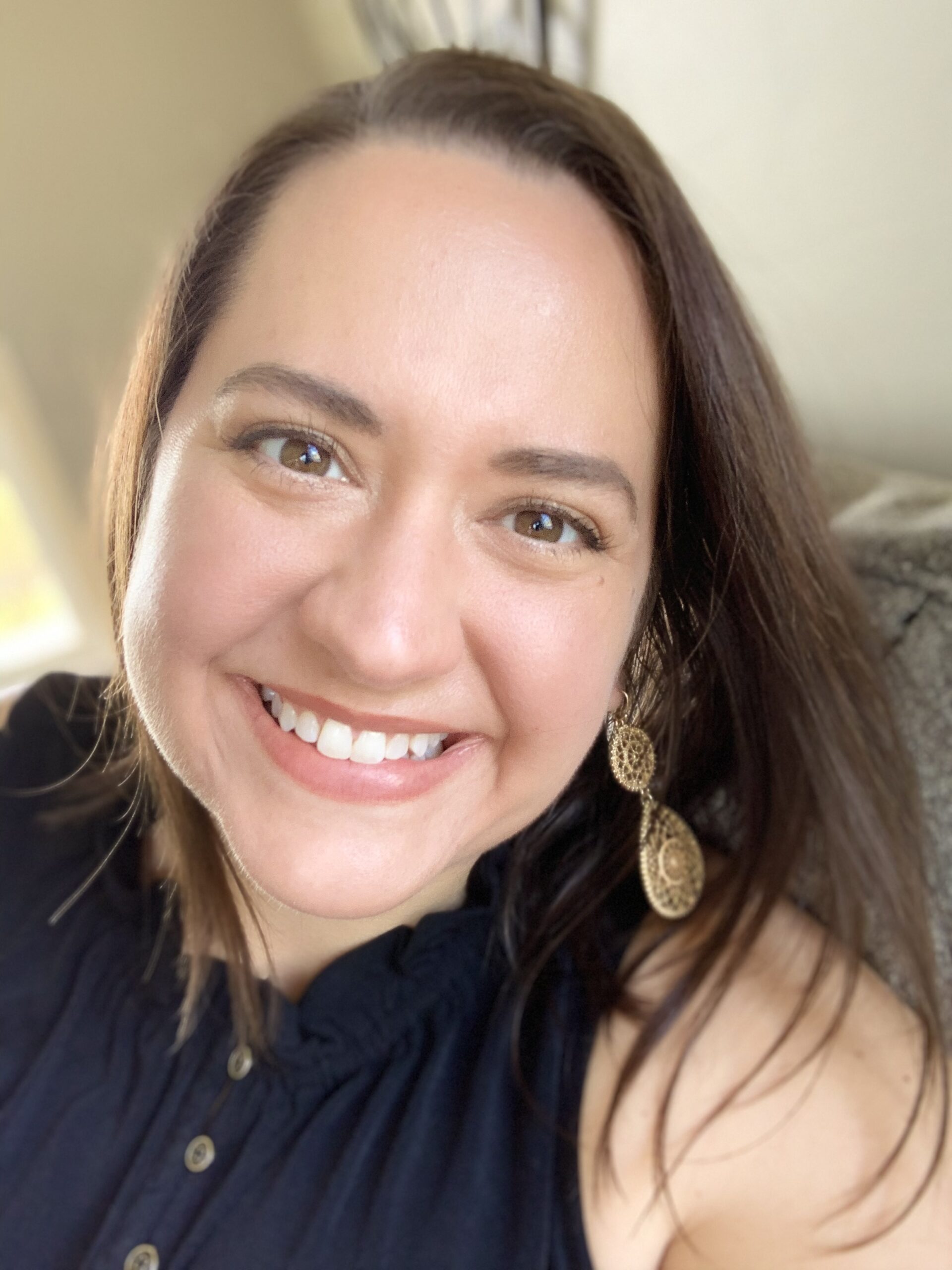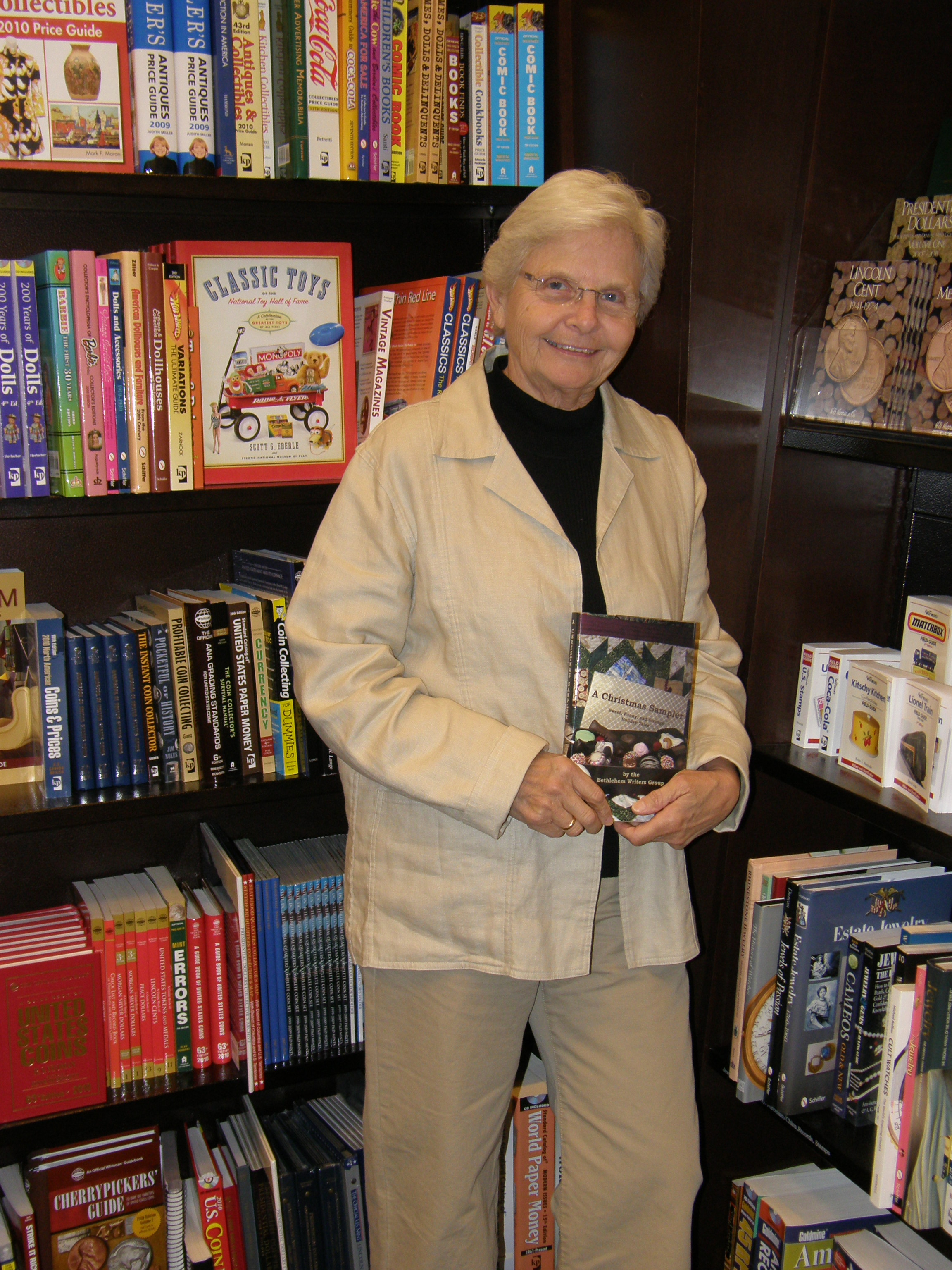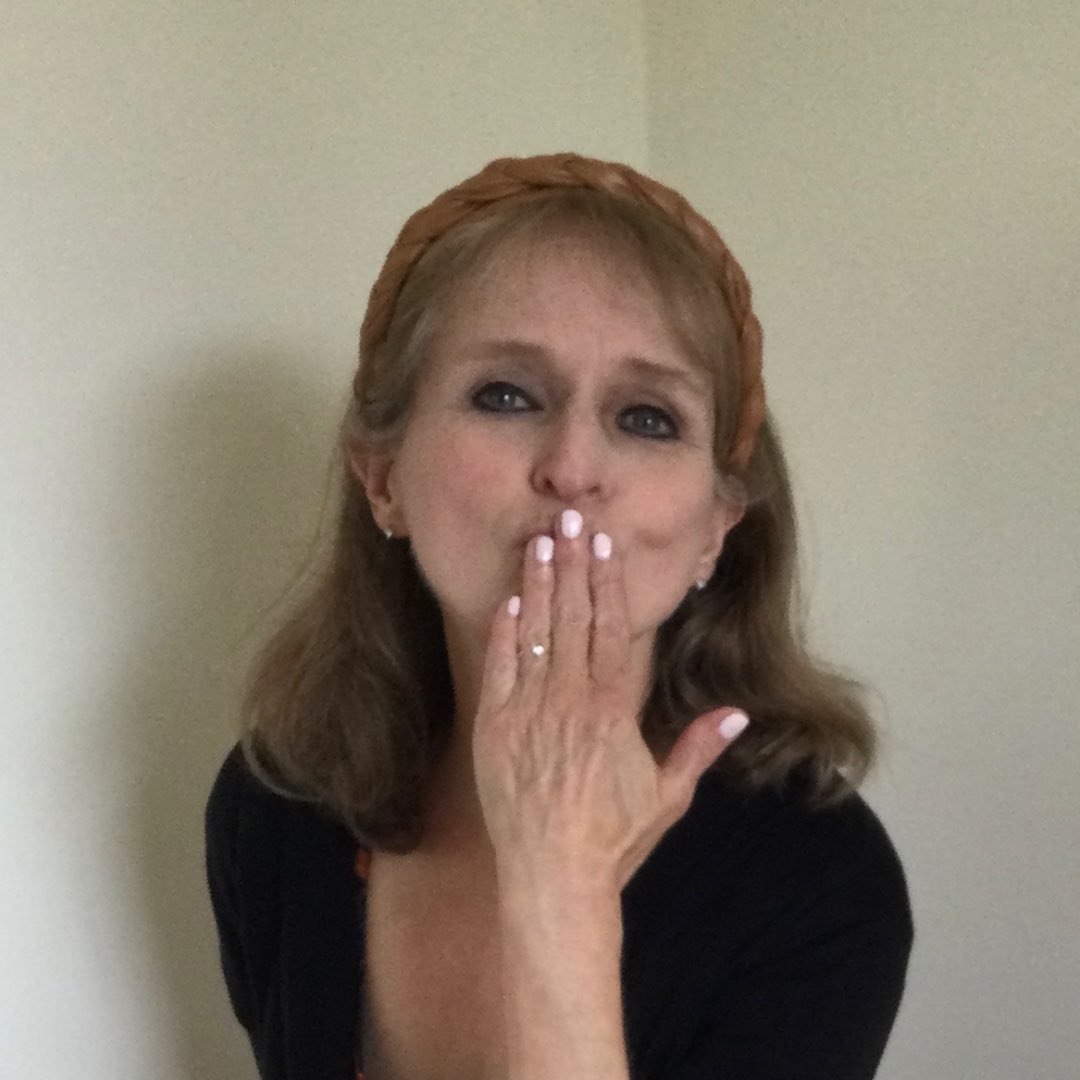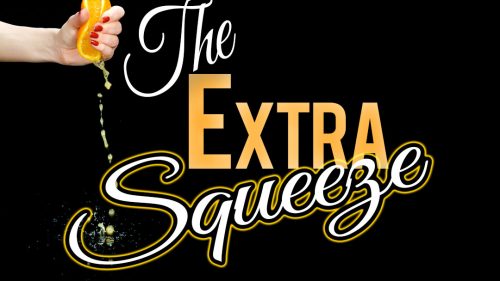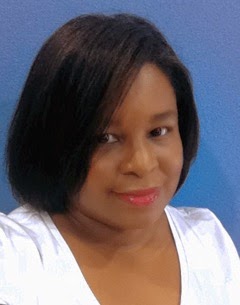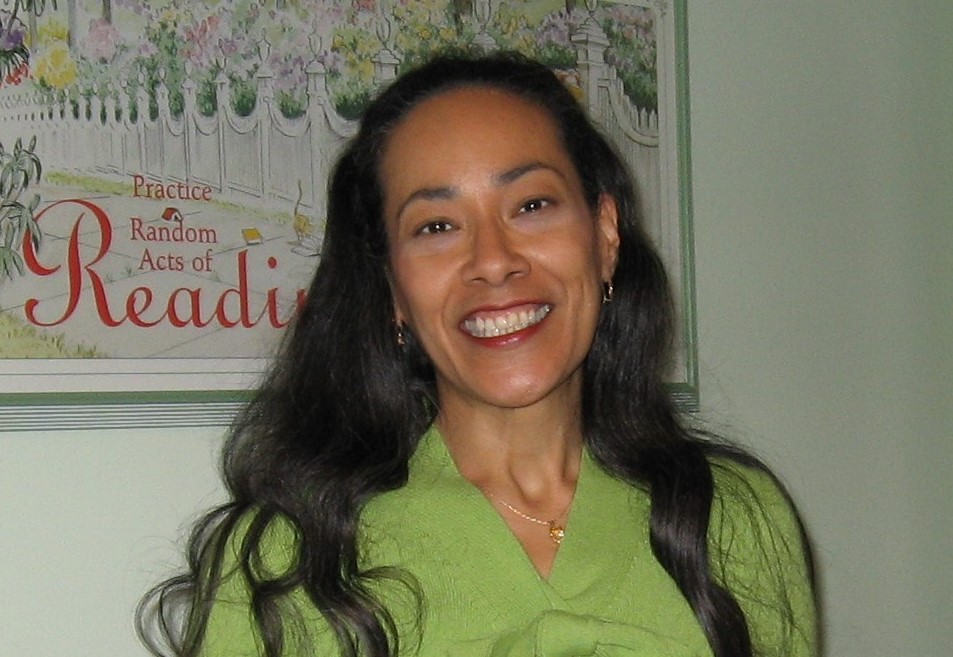A Piece of the World
February 22, 2023 by Veronica Jorge in category Write From the Heart by Veronica Jorge tagged as books, Keeper Shelf, making memories, Veronica Jorge
A figurine, Delft blue. I remember that trip to Holland and laugh. As soon as our bus pulled into Delft, we piled out and made a beeline for the gift shop, searching for the souvenirs that would eternalize this journey. I turn the figurine over in my hand: a lady holding a basket, gazing out. What does she see? What memories is she holding on to? I dust the gracious lady and seat her back in the curio. As I reach for the next pieces and reminisce, I wonder what it is that makes me want to own a piece of everyplace I’ve been? To keep forever alive a moment, an experience, an emotion?
It’s the same with movies I’ve seen and loved. Gotta buy the VHS, then upgrade to the DVD in case the VHS goes bad. And even though I have both, I still watch the television film version when it airs and don’t mind enduring the intrusive commercials.
Then there are my books. Some with places of honor on shelves, the power of sentiment attached to each one. And designated piles: ‘To Read.’ ‘To Read Again.’ A wish list of books, ‘To Buy.’
When the news announced the banning of Harper Lee’s, To Kill A Mockingbird, I rushed to confirm I had a copy, which led to a thorough examination of which books might be brittle, yellowed and frayed. A new list formed: ‘Books to Replace.’
All of which leads me to conclude that maybe all of these actions explain my desire, my need, to write. A significant event, an emotion, an intense experience, compels me to want to immortalize it. I grit my 36 teeth and magically weave the 26 letters of the alphabet into some meaningful representation of the emotions exploding in my heart. A yearning to create stories that will last forever, that will be cherished by others and replaced over and over again because they’ve connected with a piece of my world and they too want to own it forever.
Veronica Jorge
See you next time on March 22nd!
0 1 Read moreFeaturing Kidd Wadsworth, Author of the Month
February 21, 2023 by marianne h donley in category Featured Author of the Month tagged as Featured Author of the Month, kidd wadsworth
Kidd Wadsworth writes to bring to life our magical, fire-breathing world. She believes we are super heroes. It’s time we put on our capes.
You can read Kidd’s monthly column, Infused with Meaning, here on the 25th of every month. More information about Kidd is found on her website, make sure you take the time to read her “about me” section.
A selection of books that include Kidd’s short stories.
0 0 Read more
★★ Don’t miss out! Elements of Chemistry is Free for a short time. ★★
February 15, 2023 by marianne h donley in category Apples & Oranges by Marianne H. Donley, Spotlight tagged as Elements of Chemistry, Free for a short time, New Adult Romance, Penny Reid
Elements of Chemistry, a steamy opposites attract college romance from New York Times bestselling author Penny Reid, is ZERO PENNIES for just a short while on Amazon. Have you checked out Penny’s new adult series? Now is the perfect time.
★★ Grab your copy TODAY! ★★
★★ Blurb ★★
One week.
Private beach.
Invisible girl.
Jerk-faced bully.
What’s the worst that could happen?
Kaitlyn Parker has no problem being the invisible girl, which is why she finds herself hiding in various cabinets and closets all over her college campus. Despite her best efforts, she can’t escape the notice of Martin Sandeke—bad boy, jerkface bully, and the universe’s hottest, wealthiest, and most unobtainable bachelor—who also happens to be Kaitlyn’s chemistry lab partner.
Kaitlyn might be the only girl who isn’t interested in exploiting his stunning rower’s build, chiseled features, and family’s billionaire fortune. Kaitlyn wants Martin for his brain, specifically to tabulate findings of trace elements in surface water.
When Kaitlyn saves Martin from a nefarious plot, Martin uses the opportunity to push Kaitlyn out of her comfort zone: spring break, one week, house parties, bathing suits, and suntan lotion. Can she overcome her aversion to being noticed? Will he be able to grow beyond his self-centered nature? Or, despite their obvious chemistry, will Martin be the one to drive Kaitlyn into the science cabinet of obscurity for good?

Featuring Kidd Wadsworth, Author of the Month
February 14, 2023 by Kidd Wadsworth in category Featured Author of the Month tagged as Featured Author of the Month, kidd wadsworth
Kidd Wadsworth writes to bring to life our magical, fire-breathing world. She believes we are super heroes. It’s time we put on our capes.
You can read Kidd’s monthly column, Infused with Meaning, here on the 25th of every month. More information about Kidd is found on her website, make sure you take the time to read her “about me” section.
A selection of books that include Kidd’s short stories.
0 0 Read more
blink of time by diane sismour
February 13, 2023 by Bethlehem Writers Group in category From a Cabin in the Woods by Members of Bethlehem Writers Group tagged as blink of time, Diane Sismour, hearts, hugs, love
blink of time
my soul yearns for us.
when time stands still
where you and I escape
within the cocoon of our arms.
days pass by and our vision fades
but our hearts prevail
to pull us together
for a blink of time.
wanting life to calm
to capture the moment
as the taste of you lingers
and the smile reaches your soul.
I know no other
who could take your place
beside me or in my heart
for all our lives together.
©diane sismour
BWG Books
Affiliate Links
A Slice of Orange is an affiliate with some of the booksellers listed on this website, including Barnes & Nobel, Books A Million, iBooks, Kobo, and Smashwords. This means A Slice of Orange may earn a small advertising fee from sales made through the links used on this website. There are reminders of these affiliate links on the pages for individual books.
Search A Slice of Orange
Find a Column
Archives
Featured Books
COLTON FIRST RESPONDER (The Coltons of Mustang Valley)
When disaster strikes
A Colton comes to the rescue
EYEWITNESS
Three people are massacred in a beach house, a latch-key kid is fingered.
More info →Newsletter
Contributing Authors
Search A Slice of Orange
Find a Column
Archives
Authors in the Bookstore
- A. E. Decker
- A. J. Scudiere
- A.J. Sidransky
- A.M. Roark
- Abby Collette
- Alanna Lucus
- Albert Marrin
- Alice Duncan
- Alina K. Field
- Alison Green Myers
- Andi Lawrencovna
- Andrew C Raiford
- Angela Pryce
- Aviva Vaughn
- Barbara Ankrum
- Bethlehem Writers Group, LLC
- Carol L. Wright
- Celeste Barclay
- Christina Alexandra
- Christopher D. Ochs
- Claire Davon
- Claire Naden
- Courtnee Turner Hoyle
- Courtney Annicchiarico
- D. Lieber
- Daniel V. Meier Jr.
- Debra Dixon
- Debra H. Goldstein
- Debra Holland
- Dee Ann Palmer
- Denise M. Colby
- Diane Benefiel
- Diane Sismour
- Dianna Sinovic
- DT Krippene
- E.B. Dawson
- Emilie Dallaire
- Emily Brightwell
- Emily PW Murphy
- Fae Rowen
- Faith L. Justice
- Frances Amati
- Geralyn Corcillo
- Glynnis Campbell
- Greg Jolley
- H. O. Charles
- Jaclyn Roché
- Jacqueline Diamond
- Janet Lynn and Will Zeilinger
- Jaya Mehta
- Jeannine Atkins
- Jeff Baird
- Jenna Barwin
- Jenne Kern
- Jennifer D. Bokal
- Jennifer Lyon
- Jerome W. McFadden
- Jill Piscitello
- Jina Bacarr
- Jo A. Hiestand
- Jodi Bogert
- Jolina Petersheim
- Jonathan Maberry
- Joy Allyson
- Judy Duarte
- Justin Murphy
- Justine Davis
- Kat Martin
- Kidd Wadsworth
- Kitty Bucholtz
- Kristy Tate
- Larry Deibert
- Larry Hamilton
- Laura Drake
- Laurie Stevens
- Leslie Knowles
- Li-Ying Lundquist
- Linda Carroll-Bradd
- Linda Lappin
- Linda McLaughlin
- Linda O. Johnston
- Lisa Preston
- Lolo Paige
- Loran Holt
- Lynette M. Burrows
- Lyssa Kay Adams
- Madeline Ash
- Margarita Engle
- Marguerite Quantaine
- Marianne H. Donley
- Mary Castillo
- Maureen Klovers
- Megan Haskell
- Melanie Waterbury
- Melisa Rivero
- Melissa Chambers
- Melodie Winawer
- Meriam Wilhelm
- Mikel J. Wilson
- Mindy Neff
- Monica McCabe
- Nancy Brashear
- Neetu Malik
- Nikki Prince
- Once Upon Anthologies
- Paula Gail Benson
- Penny Reid
- Peter J Barbour
- Priscilla Oliveras
- R. H. Kohno
- Rachel Hailey
- Ralph Hieb
- Ramcy Diek
- Ransom Stephens
- Rebecca Forster
- Renae Wrich
- Roxy Matthews
- Ryder Hunte Clancy
- Sally Paradysz
- Sheila Colón-Bagley
- Simone de Muñoz
- Sophie Barnes
- Susan Kaye Quinn
- Susan Lynn Meyer
- Susan Squires
- T. D. Fox
- Tara C. Allred
- Tara Lain
- Tari Lynn Jewett
- Terri Osburn
- Tracy Reed
- Vera Jane Cook
- Vicki Crum
- Writing Something Romantic
Affiliate Links
A Slice of Orange is an affiliate with some of the booksellers listed on this website, including Barnes & Nobel, Books A Million, iBooks, Kobo, and Smashwords. This means A Slice of Orange may earn a small advertising fee from sales made through the links used on this website. There are reminders of these affiliate links on the pages for individual books.
